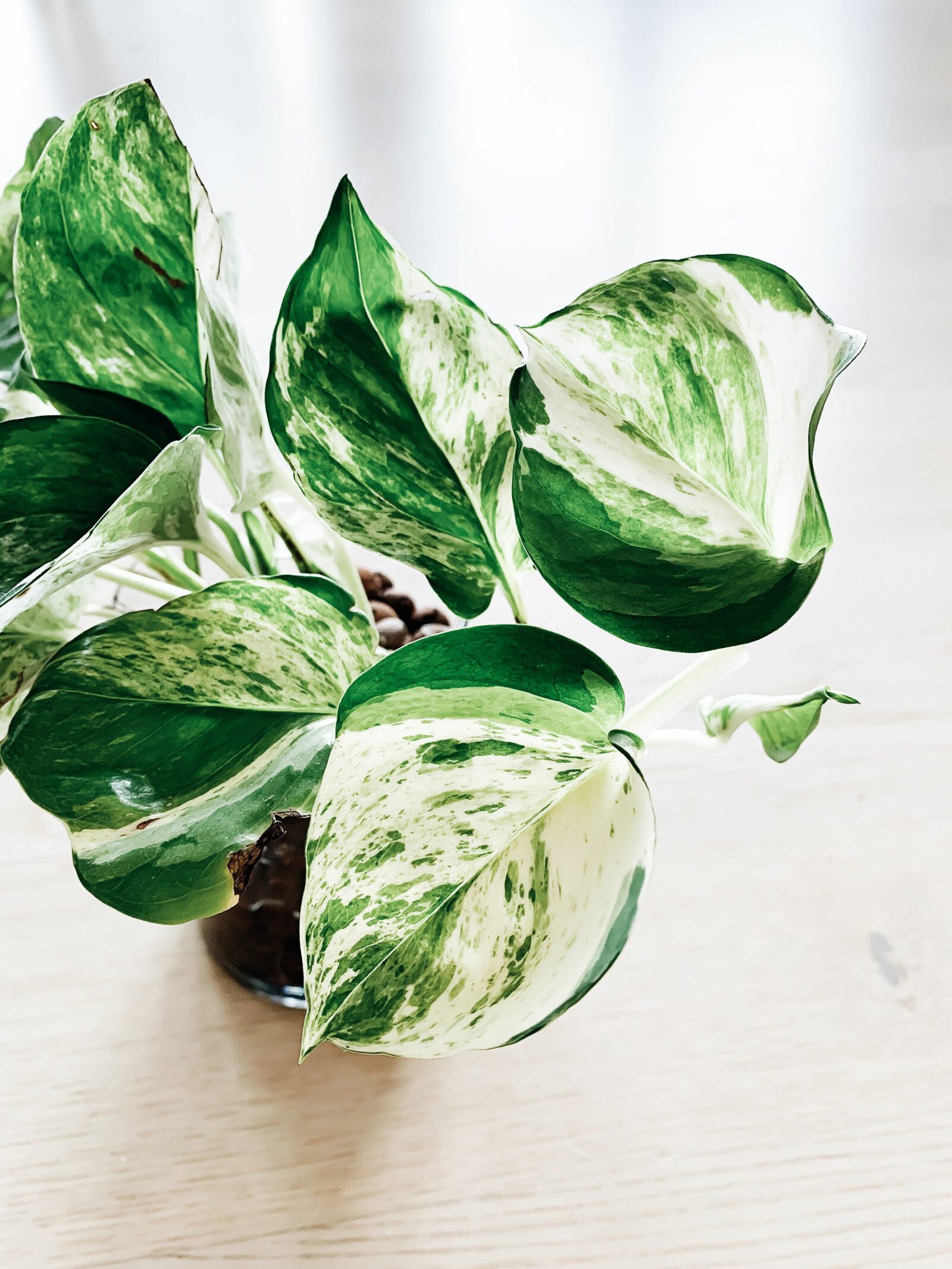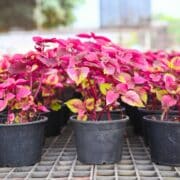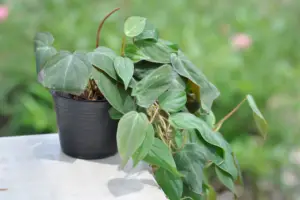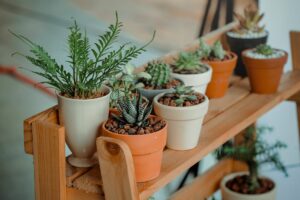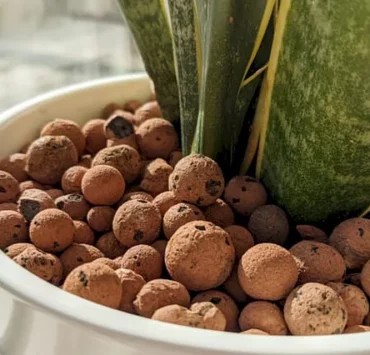Care Guide For Manjula Pothos
Manjula Pothos, she’s a beauty! This lovely tropical evergreen plant, known for its wide heart-shaped leaves with dark green, light green, and cream white variegation, adds that much-welcomed natural and effortless sophistication to any space.
Scientifically named Epipremnum aureum or nicknamed Devil’s Ivy or Happy Leaf Pothos, these lovely plants typically grow up to 6 feet in height indoors but given the right growing conditions, they can reach up to 40 feet in height like their wild outdoor counterparts.
As far as houseplant care goes, Manjula Pothos is a relatively low-maintenance plant given the proper care, which is simple. But as any plant owner trying to bring back their beloved plants from the brink of withering away, love isn’t all a plant needs. For Manjula Pothos and all plants in general, the right soil, light, and water conditions are the magic combination to keep your plant thriving.
With the proper care, Majula Pothos can live for up to 10 years. Follow these care tips to keep it vibrant and healthy.
Sunlight: Bright But Indirect
Manjula Pothos plants thrive in bright areas where all its leaves can get plenty of indirect sun. They need extra sun compared to other pothos varieties. Its white variegation does not photosynthesize, requiring more sunlight for the green areas to compensate for the necessary plant food to keep it growing. Its delicate leaves can burn if placed under the direct sun, so it’s crucial to find the right balance to keep its distinct variegated leaves looking their best.
Watering Manjula Pothos
Manjula Pothos is very forgiving regarding neglectful watering practices as long as the soil doesn’t become bone dry. Aim to keep the soil damp but not drenched with regular weekly watering, with at least an inch of dry topsoil before wearing again. Soggy soil is a no-no.
With that said, this plant likes warmth and the humidity that should come with it. Keep those lovely variegated leaves sparkling with the much-needed extra moisture. If your surrounding air is dry, keep a plant spritzer on hand for daily spritzing.
Soil: Moist And Well Draining
Manjula Pothos do best in moist loam soil (an even mix of sand, silt, and clay), perlite, and a well-draining pot. The idea is to have moist, not soggy soil that drains well. Don’t pack in the soil if you’re repotting; avoid weighing the soil down with heavy decorative rocks. Give the plant the water it needs without risking root rot, which is susceptible to.
Temperature for Manjula Pothos
Aim For 10-35°C. As tropical plants, Manjula Pothos do well with various temperatures but do best on the warm side of 21-32°C. Anything higher or lower can stunt the plant’s growth. Bring your pothos into a warmer area if you place them outside and live in colder climates.
Pruning Manjula Pothos
Trim as needed. Pruning promotes healthy leaf growth. Besides pruning off dry or dead leaves to maintain the plant’s health, it also helps retain an even shape. For pruning healthy leaves, cut on the vine at least a quarter of an inch above the leaf. If you want to encourage your pothos to branch out, cut on the node to promote a fuller plant.
Fertilizer: Give Seasonally
Staying true to its low-maintenance reputation, Manjula Pothos does well without regular fertilization as long as it’s in good soil. The bare minimum would be giving fertilizer during spring and summer when the rate of the plant’s growth increases. However, you’re certainly welcome to give extra nutrition by giving a balanced liquid fertilizer monthly.
Pests And Mold: Have Insecticide Oil Ready
Although not the solution for all pests and diseases that could plague your Manjula Pothos, having an insecticide oil ready can help remedy pesky plant issues such as scale, mealybugs, and spider mites.
Low humidity and high temperatures will make your Manjula pothos more susceptible to pests so maintain a proper care routine as prevention is always better than the cure.
Troubleshooting
- Slow growth: If you notice that your Manjula Pothos hasn’t grown any new leaves recently, or it seems like it hasn’t gotten bigger, know that Manjula Pothos are slow-growing plants. Their creamy white variegation is pretty, but it also means it has a slower rate of photosynthesis due to the leaf having less green surface area. If your pothos seems stagnant yet otherwise healthy looking, there’s no issue here.
- Yellowing Leaves: Yellowing leaves on Manjula Pothos are best addressed as soon as you see one pop up. This is either a sign of root rot from poor soil drainage or disease, both of which can cause the other.
Please correct the issue by trimming off yellowing leaves and moving your plant to a brighter area where all its leaves can get more indirect sun.
- Browning Leaves: Browning leaves are perhaps a plant lover’s most frustrating problem, as it can indicate that you’re overwatering or underwatering your plant. When either solution for your plant’s problems are on opposite ends, it’s understandably frustrating, so take note of how you’ve been caring for your Manjula Pothos to determine whether too little or too much water is the issue.
If your soil is moist days after you’ve watered your Manjula Pothos, over-watering may be the issue behind browning leaves. If dropping ones accompany browning leaves, your plant is getting too little water, and the soil is dry. Increase how frequently you give your plant water and give it a daily spritz until the browning stops.
As far as rare and expensive plants go, Manjula Pothos plants are well worth your money. There’s a reason why they’re the most popular type of pothos plant around! They’re easy to take care of, reasonably adaptable, and an undoubtedly gorgeous addition to have in your home. If you have the right living conditions to allow the plant to thrive, give your home an upgrade with these variegated beauties.
